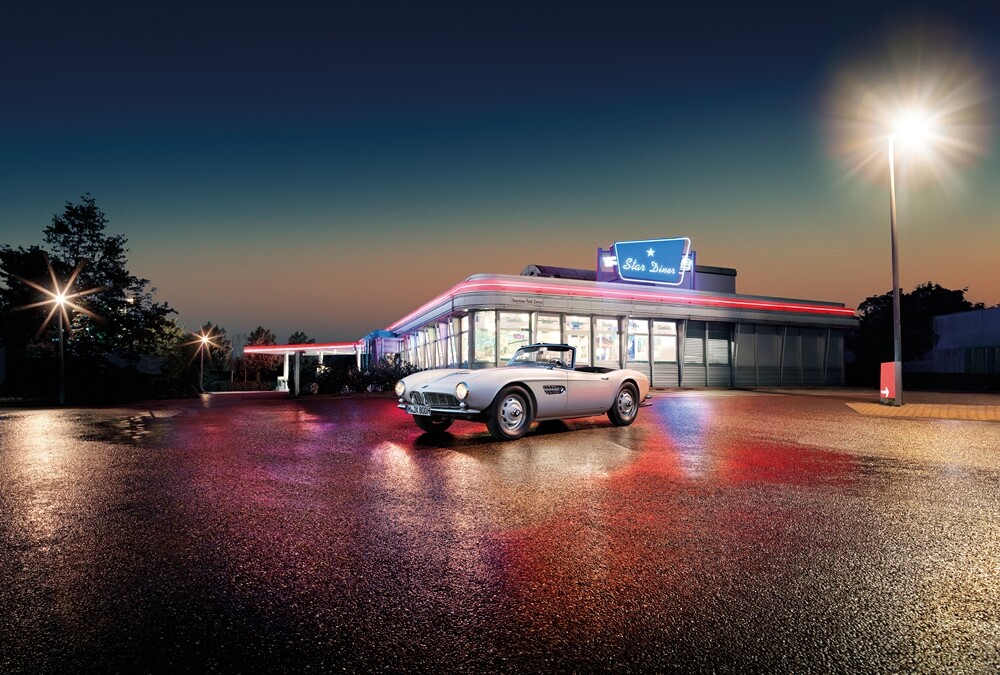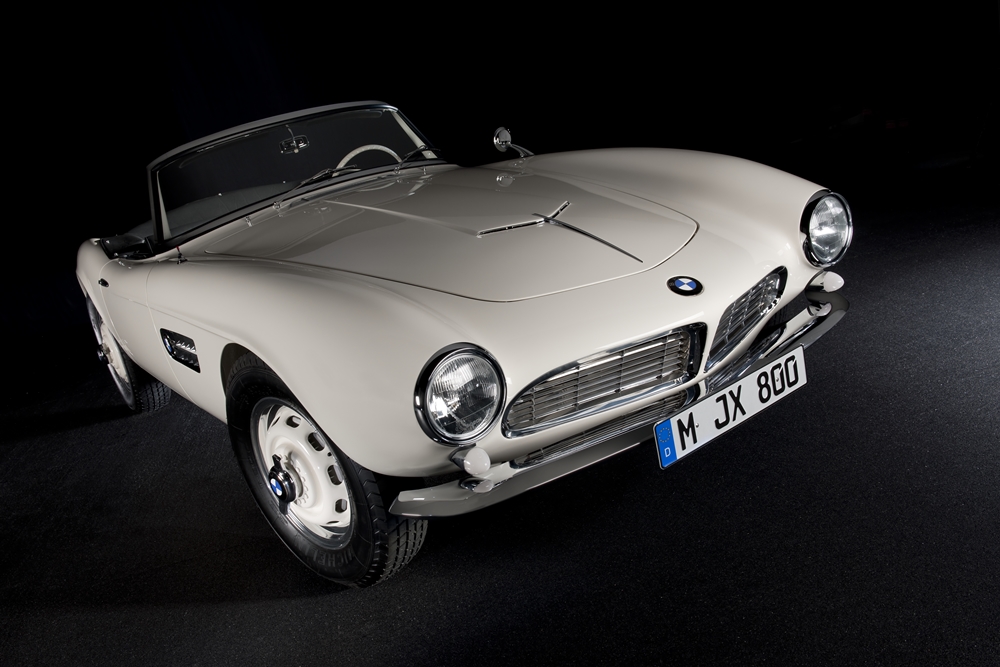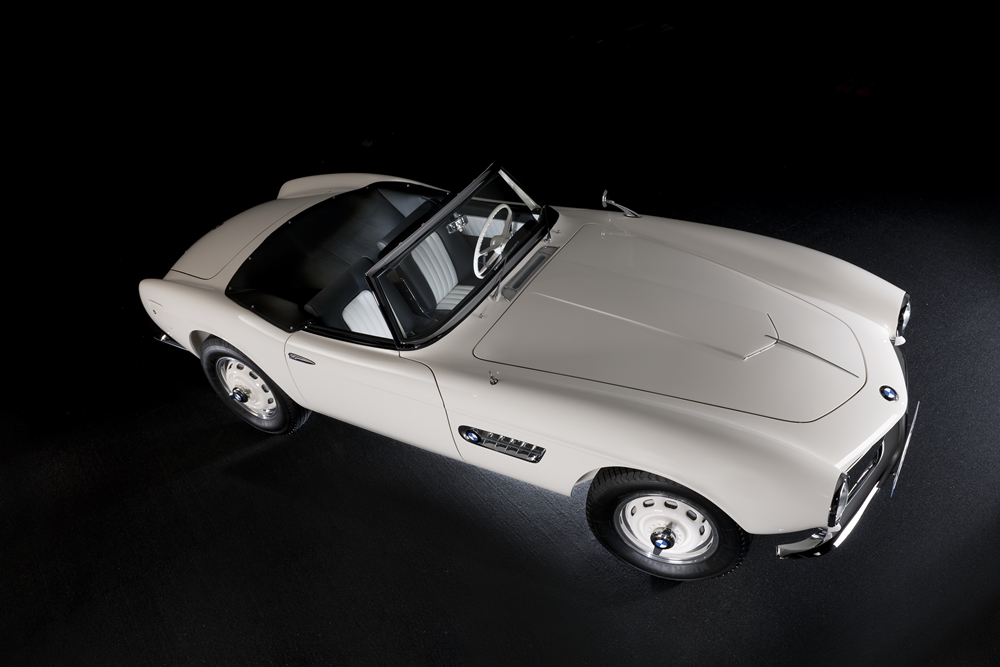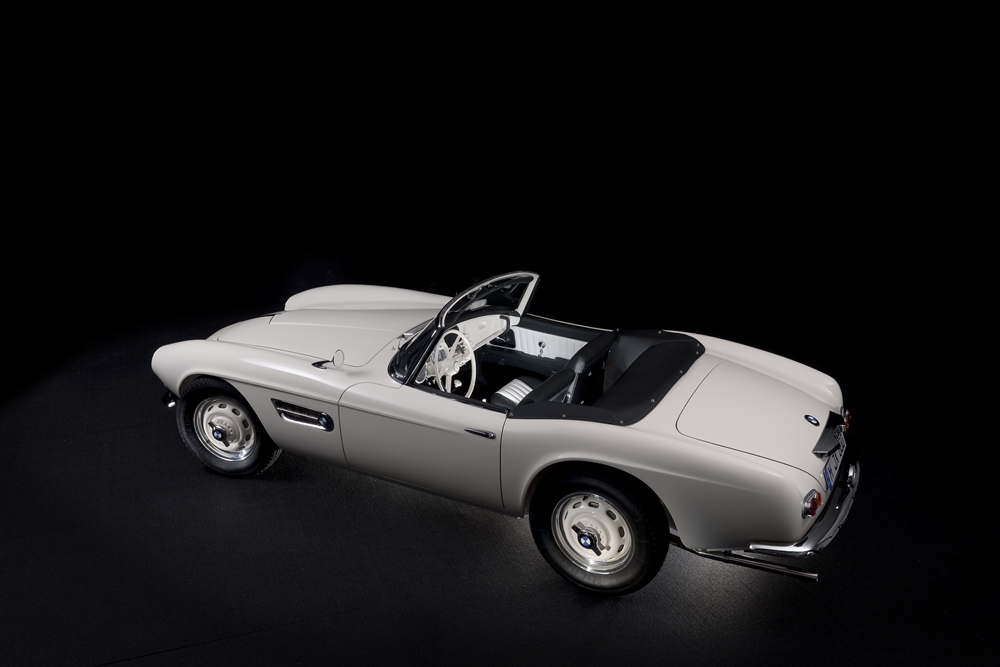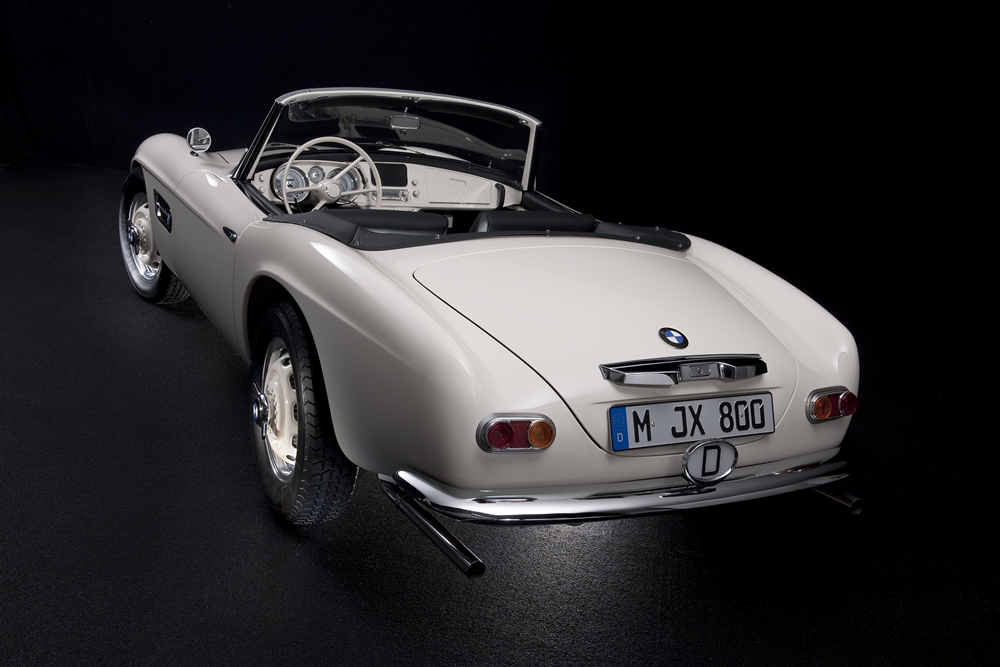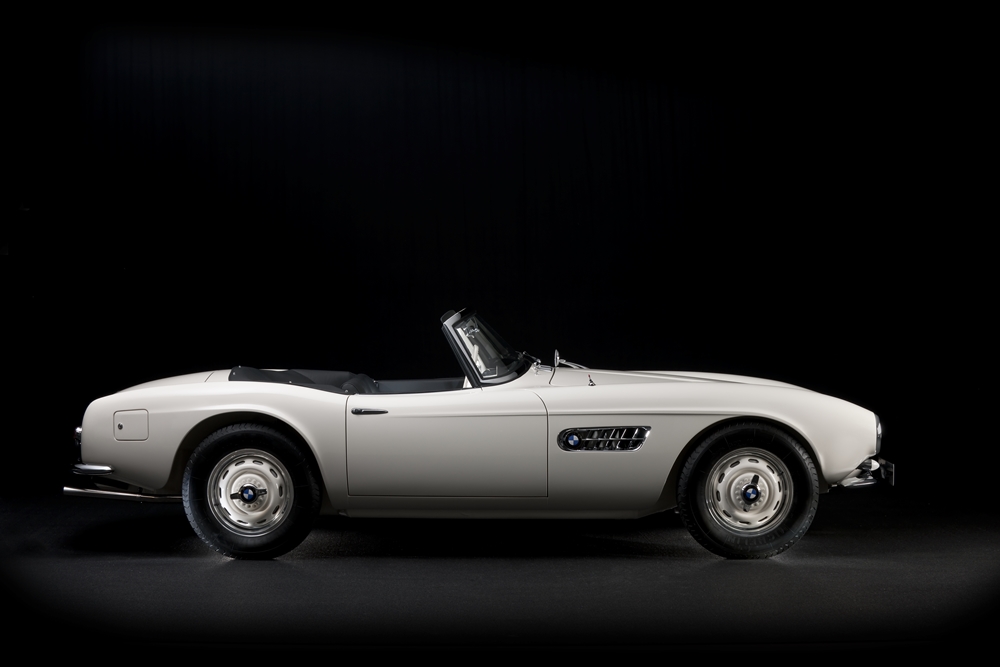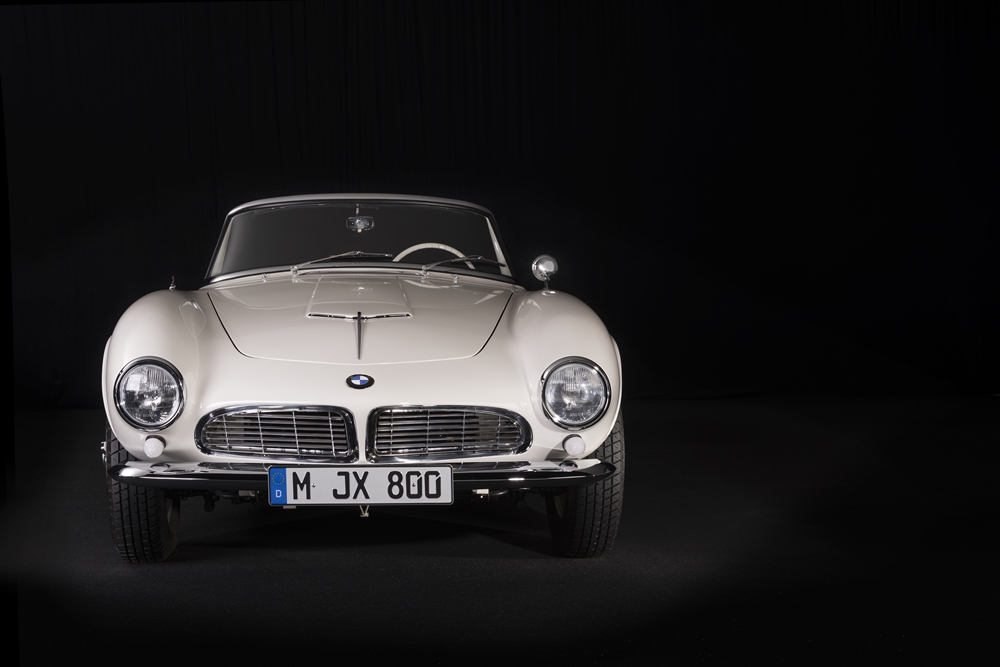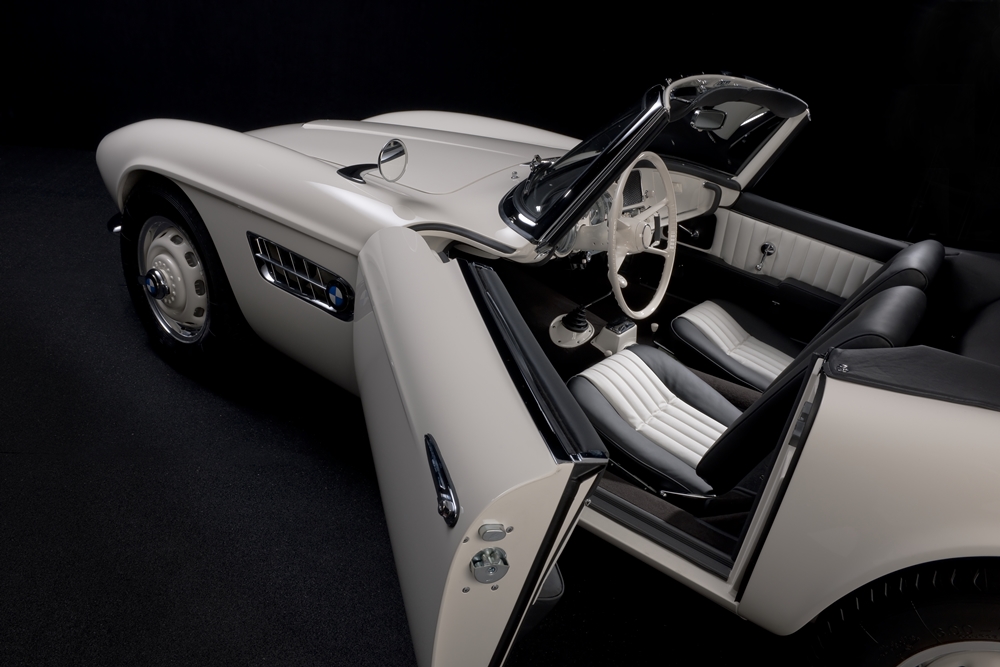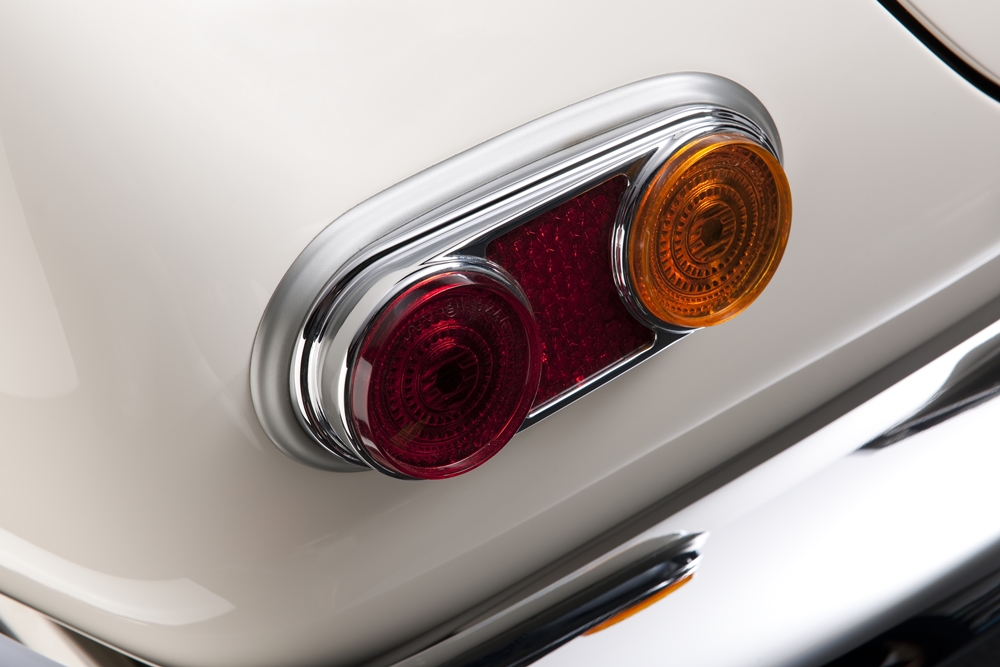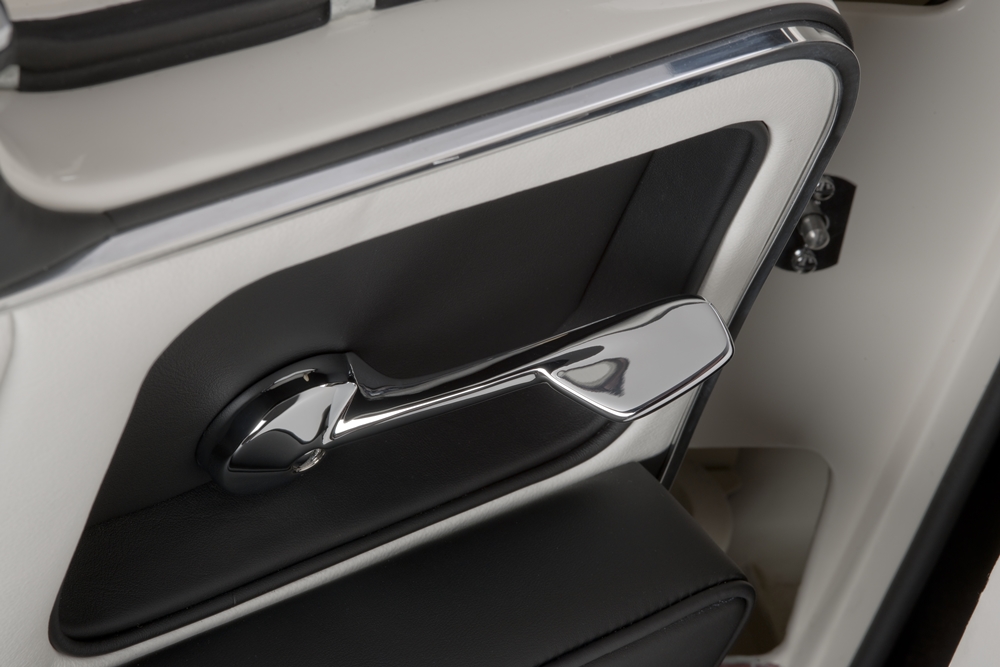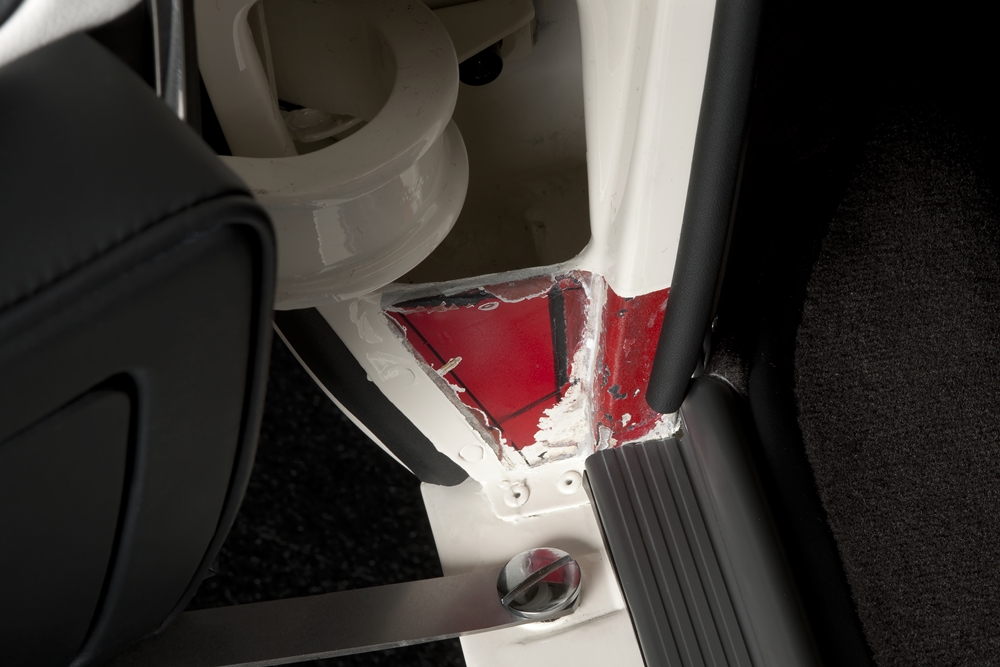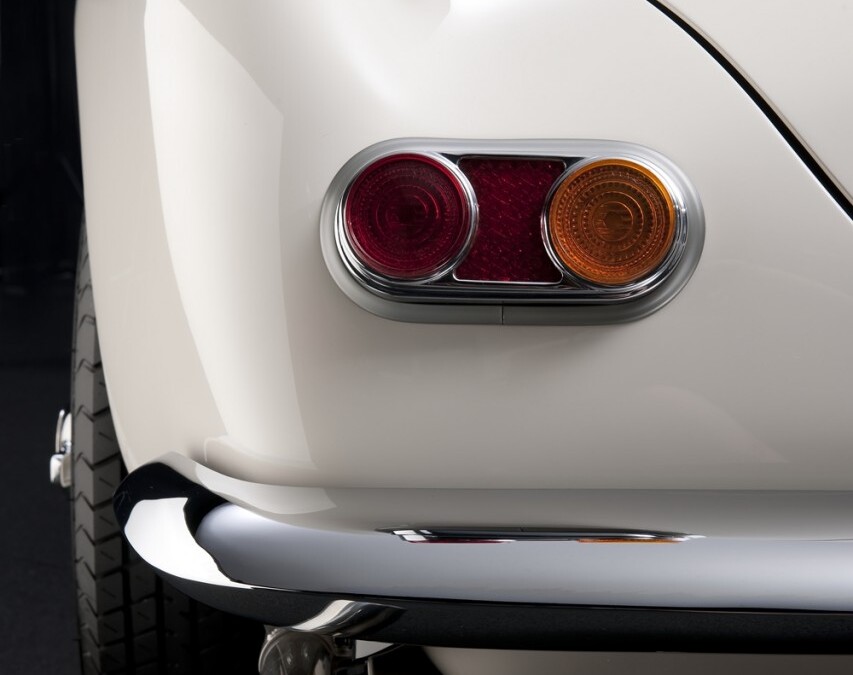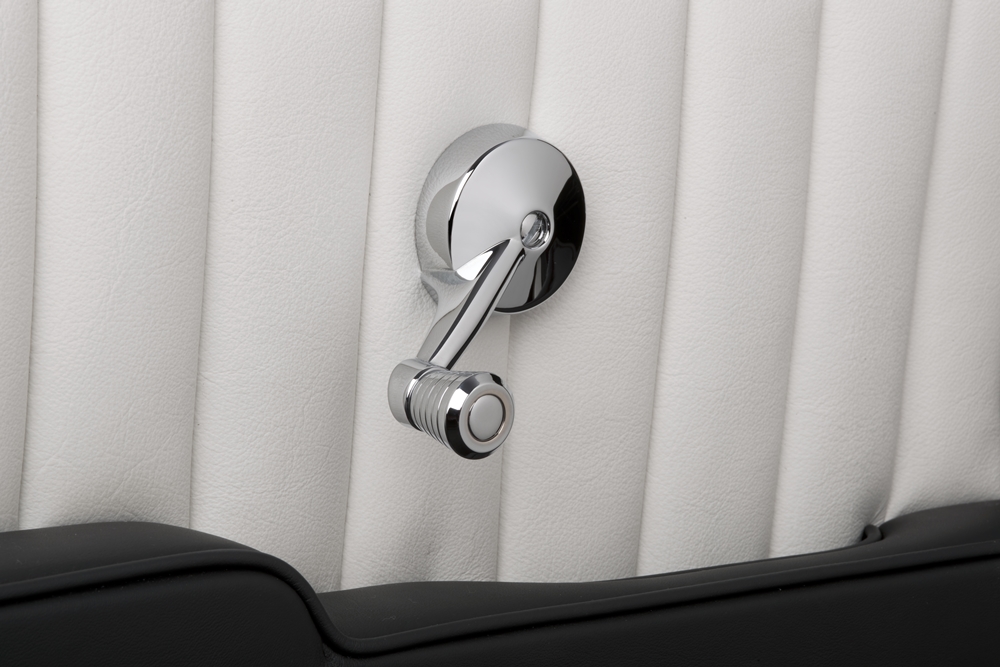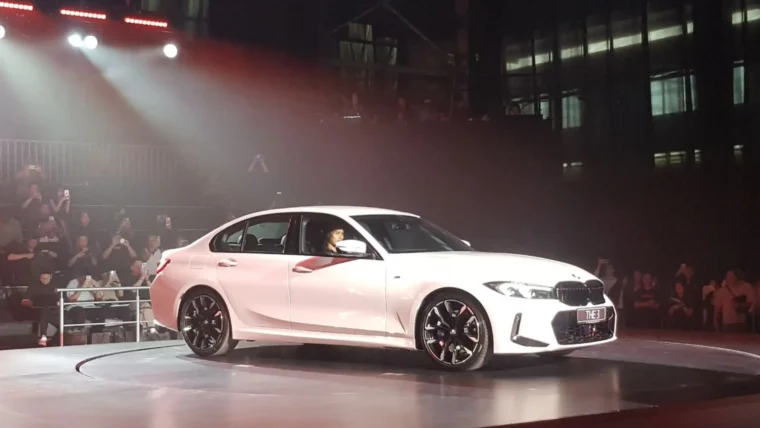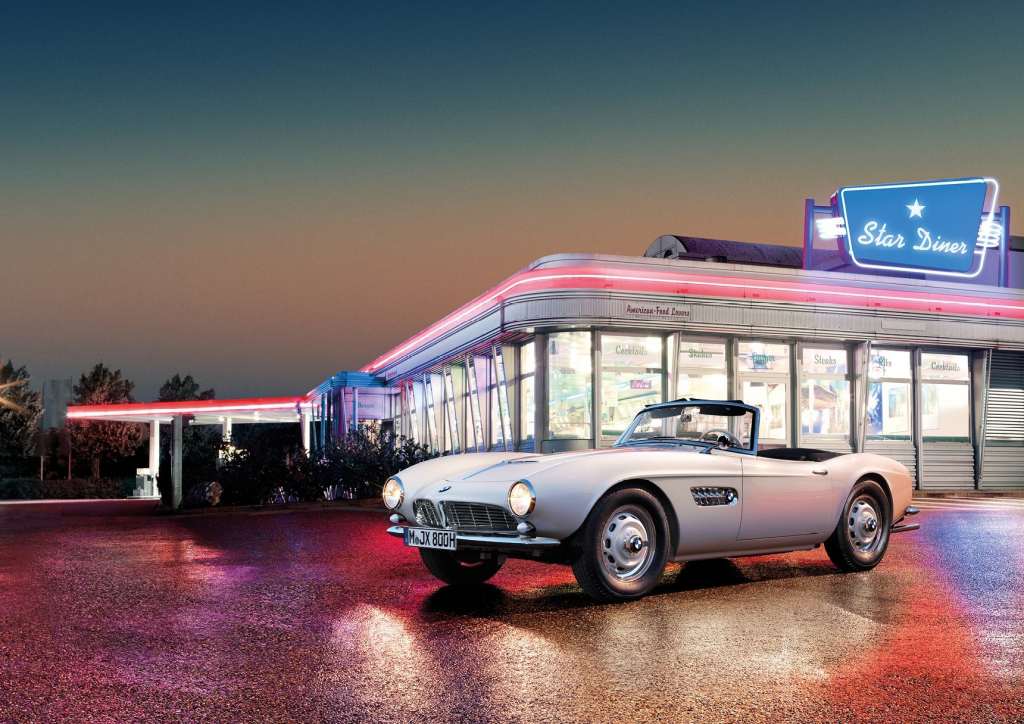
The BMW 507 on the picture above was once driven by US musician Elvis Presley, famous already at that time as the “King of Rock’n’Roll”, while he was doing his military service in Germany. After that it disappeared for nearly 50 years and was believed to have been lost before returning to the limelight. After almost two years of exacting restoration work, BMW Group Classic is presenting the roadster for the first time in public. Restored to its original condition, it will be exhibited at the Concours d’Elegance in Pebble Beach, California later this month.
The BMW 507 has always been one of the most exclusive and sought-after rarities in the model history of the brand with just 254 automobiles being produced between 1955 and 1959. Celebrity owners like Alain Delon, Ursula Andress and John Surtees contributed to the image of the roadster as a status symbol. However, no other automobile of this model is shrouded in mythology like the BMW 507 once owned by Elvis Presley. This particular roadster was believed to have been lost for almost five decades. In fact, there was not even certainty about the chassis number of the car driven by the “King”. There were also doubts about whether Elvis Presley had ever transported the car back to the USA after he finished his military service in Germany, and nobody knew anything about the subsequent ownership of the car.
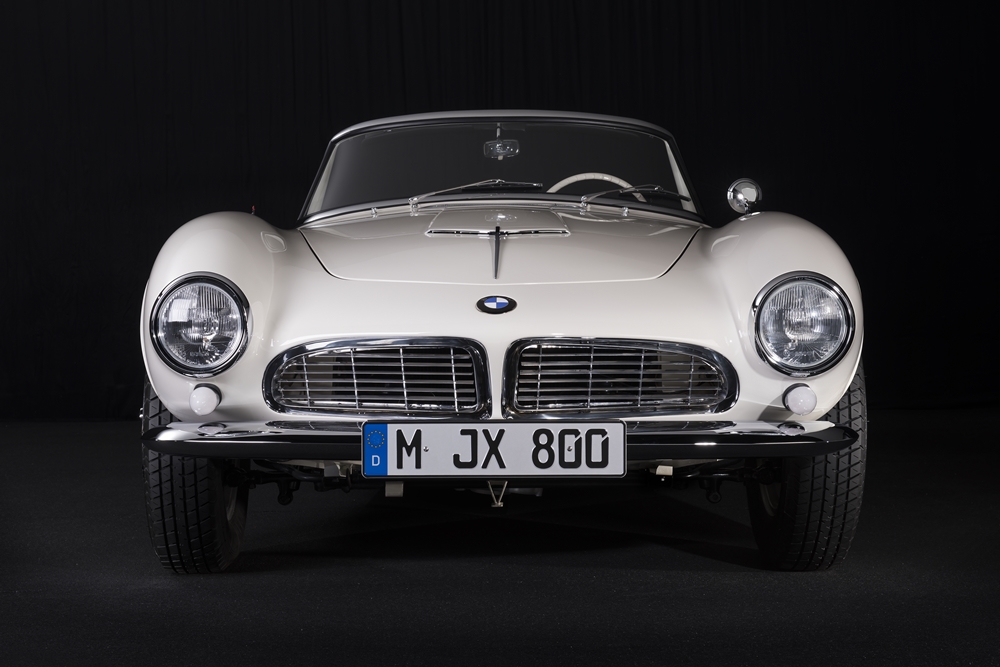
Thanks to the experts at the BMW Group Classic Archives and American journalist Jackie Jouret, who works for “Bimmer” magazine in California, she managed to track down details of this BMW 507 with chassis number 70079. Based on her research, the BMW 507 delivered to Elvis Presley in Germany was not a brand new automobile but had previously been used by racing driver Hans Stuck. Between May and August 1958, the racing driver won a number of hillclimbs in Germany, Austria and Switzerland – in a white BMW 507 with chassis number 70079 and registration plate M–JX 800. It is also a known fact verified by photographs that this roadster rolled off the assembly line on 13 September 1957. A few days later, it was exhibited at the Frankfurt International Motor Show and repeatedly used for test drives by the press. On October 1957, Hans Stuck presented the car at the London Motor Show and then drove the roadster through Belgium, where he presented it to King Baudouin, before motoring down to the Turin Motor Show. In the summer of 1958, Stuck’s BMW 507 won the automobile beauty competition in Wiesbaden and then played a role in the Bavaria film studio for the feature film “Hula-Hopp Conny” with Cornelia Froboess and Rudolf Vogel.
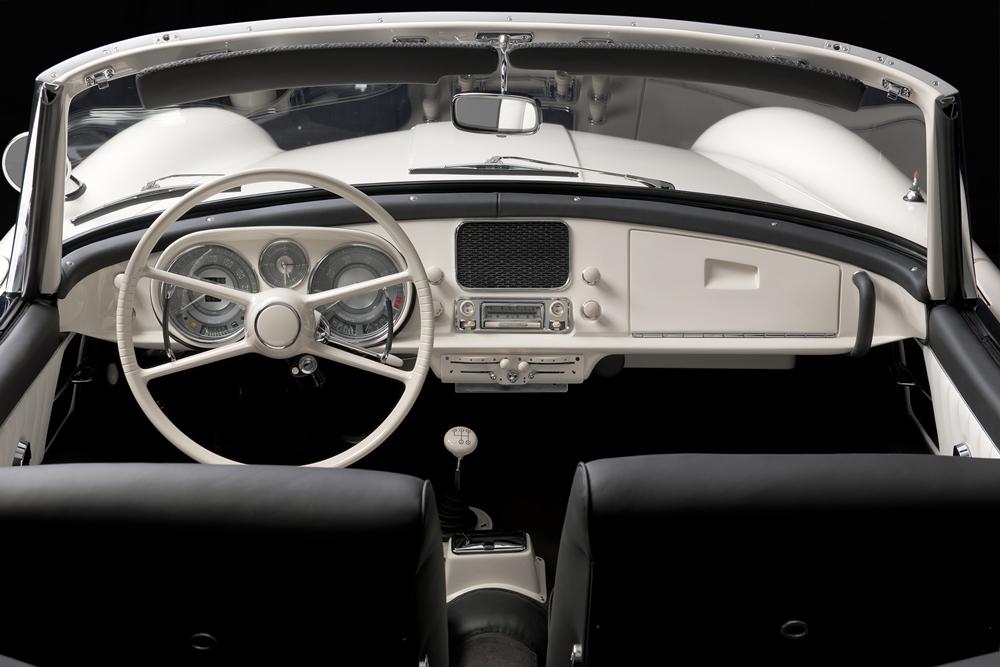
This vehicle had been serviced at BMW after every race, the engine had been upgraded and a new gearbox fitted when it ended up with a dealer in Frankfurt in the autumn of 1958. The young US soldier Presley was 23 at the time, and he came along and took it out on a test drive for a spin. The “King” was immediately impressed by it and decided to buy the car. Photos taken at the time show that export licence plates had already been fitted to the BMW 507. Later on it was given a registration from the US military that changed every year. This was part of the reason why subsequent identification of the vehicle proved to be complicated later on.
Elvis Presley used the BMW 507 to drive between his home in Bad Nauheim and the US Army Base in Friedberg. His female fans always kept a close eye on him and he was often mobbed by them. The paintwork of the roadster was frequently daubed with messages of love painted in lipstick. These signs of adoration were by no means unusual for a rock star but they were an embarrassment to Presley as a young US soldier so he changed the 507 to red exterior to solve the problem.
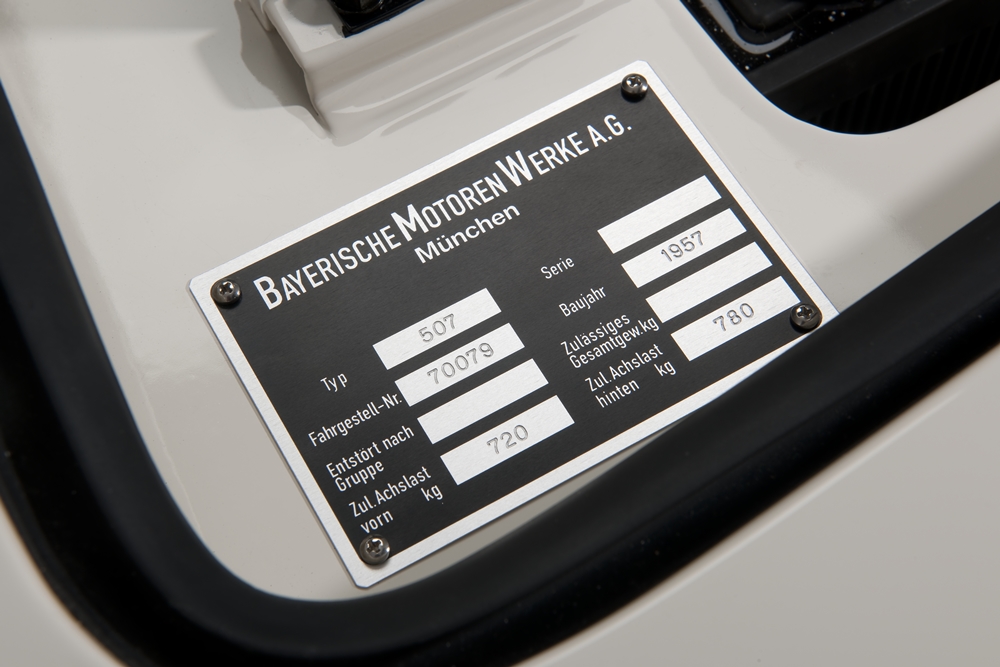
A few months after Elvis Presley ended his military service in Germany in March 1960, he traded in the red roadster with a Chrysler dealer in New York. When the 507 swapped owners, it was then fitted with a Chevrolet engine in preparation for action on the race track. This took up so much space that parts of the front frame carrier had to be cut out. The gearbox and the rear axle, and the instruments in the cockpit were replaced. The 507 won a race in Daytona Beach/Florida before it was sold again in 1963.
Two more changes of ownership followed and the BMW 507 then went to California. The last owner was engineer, Jack Castor who acquired the car in 1968. One day he happened to stumble upon an article in “Bimmer” magazine about the legendary BMW 507 driven by Elvis Presley. He was aware that he was the owner of the racing car driven by “hillclimb champion” Hans Stuck, but up to then he had only been able to speculate about a potential connection with Elvis. Castor wrote to the author, told her that he owned the BMW 507 with chassis number 70079 and invited her over to look at the vehicle.
“Jack had tied down its engine bonnet with ropes,” recalled the journalist when she looked back on the moment of discovery. “It took some time until we actually got the engine compartment open and identified the stamped chassis number: 70079, the Holy Grail among BMW numbers.”
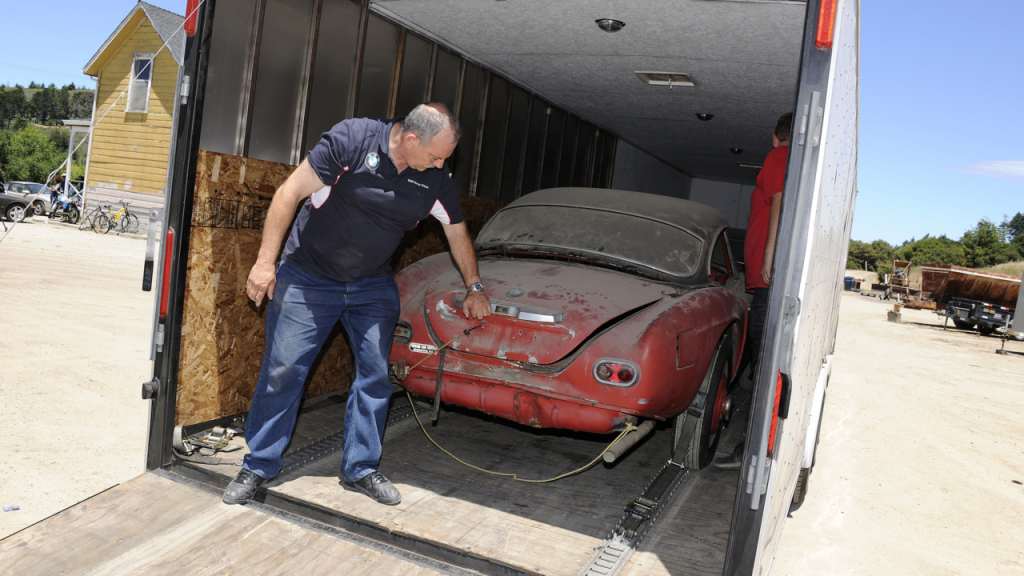
Jack Castor was not interested in making a fast buck out of the unexpected fame of his BMW 507. After several years and a number of discussions later, an agreement was reached. Alongside the purchase of the vehicle by BMW Group Classic, it also included the authentic restoration of the car along the lines envisaged by Castor.
The condition of the two-seater really was a cause for concern. Although the original body parts and other components were virtually all present and intact, the roadster had lost its engine and gearbox. The rear axle was a “replacement part” of unknown origin, rust was eating away the floor assembly, the seats were worn and there was no instrument panel. However, BMW Group Classic succeeded in restoring the automobile thanks to in-house experts and external specialists joined forces to carry out the restoration work of the BMW 507.
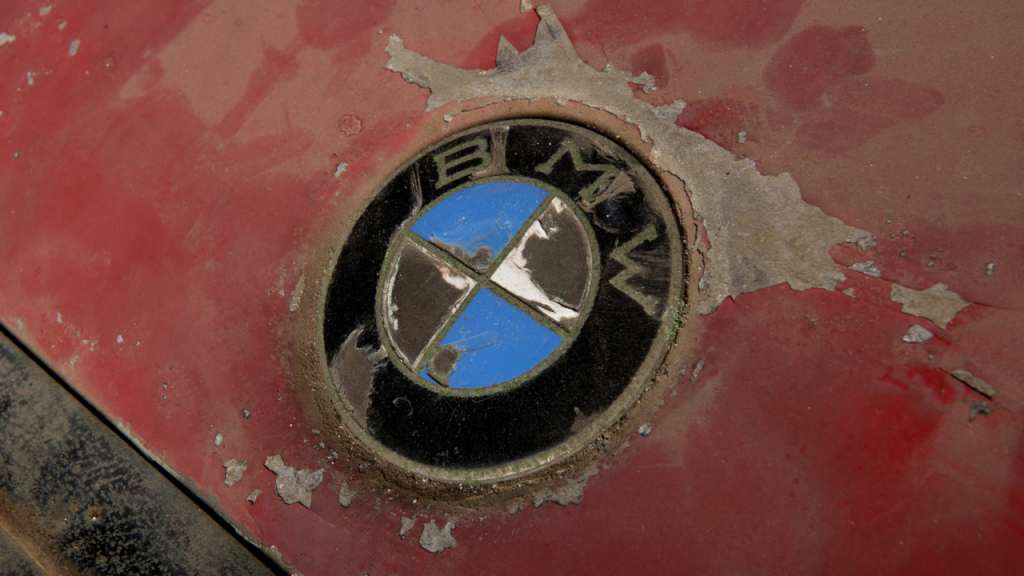
Jack Castor wanted to restore the roadster to the original condition it was supplied in back in 1958 so the BMW 507 has been repainted in original Feather White colour.
The 3.2 litre V8 engine was reconditioned precisely in conformity with the original specifications of the BMW 507, but it was not given an engine number on account of the unavoidable but otherwise unusual use of old and new components. The front frame carrier, which had been cut down at an early stage, also had to be reproduced in its original geometry and integrated in the floor assembly. The wooden nailing strip for fixing the soft top in place was also reproduced using materials and processing methods in keeping with the 1950s.
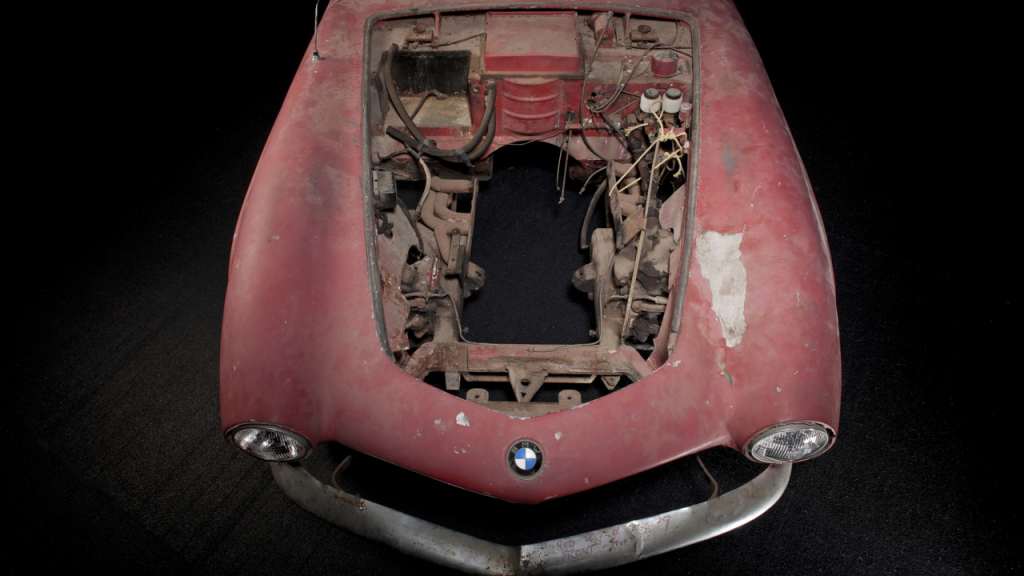
A lot of components had to be remanufactured from scratch because the stocks of original parts for the BMW 507 are limited. The instrument panel was newly cast on the basis of the original. The leather upholstery was created to precisely match the pattern shown in old photographs and catalogues.
When the seats were reconstructed, it proved possible to use the original steel subframe for the seats after all the rust had carefully been removed. A rubberised coconut mat was then drawn over the steel springs. This natural material was already being used in the 1950s for series production of the BMW 507, alongside the overlaid felt and linen layers to make the seats as comfortable as possible.
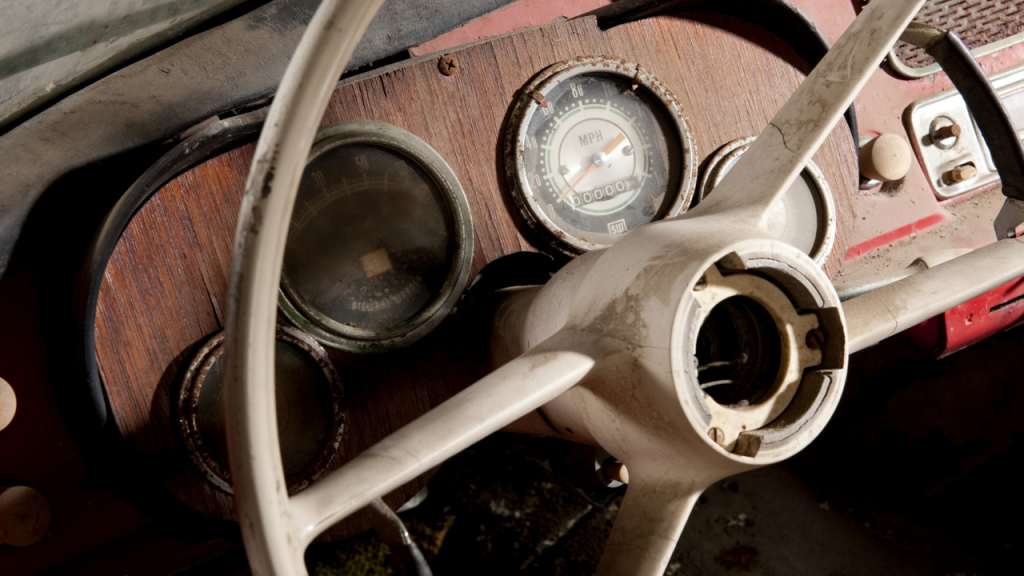
Window winders and door handles were remanufactured in an advanced, modern 3D printing process based on the original dimensions. After producing a digital data set by three-dimensional scan of the original part, a facsimile was generated with the help of additive manufacturing and mirror finished afterwards. By contrast, the rubber seal for the tank cover was reproduced in a conventional manufacturing procedure.
Jack Castor aspiration to be able to see the BMW 507 fully restored to its original condition remained unfulfilled as he passed away at the age of 77 in November 2014.
Other posts by AF Newsdesk



